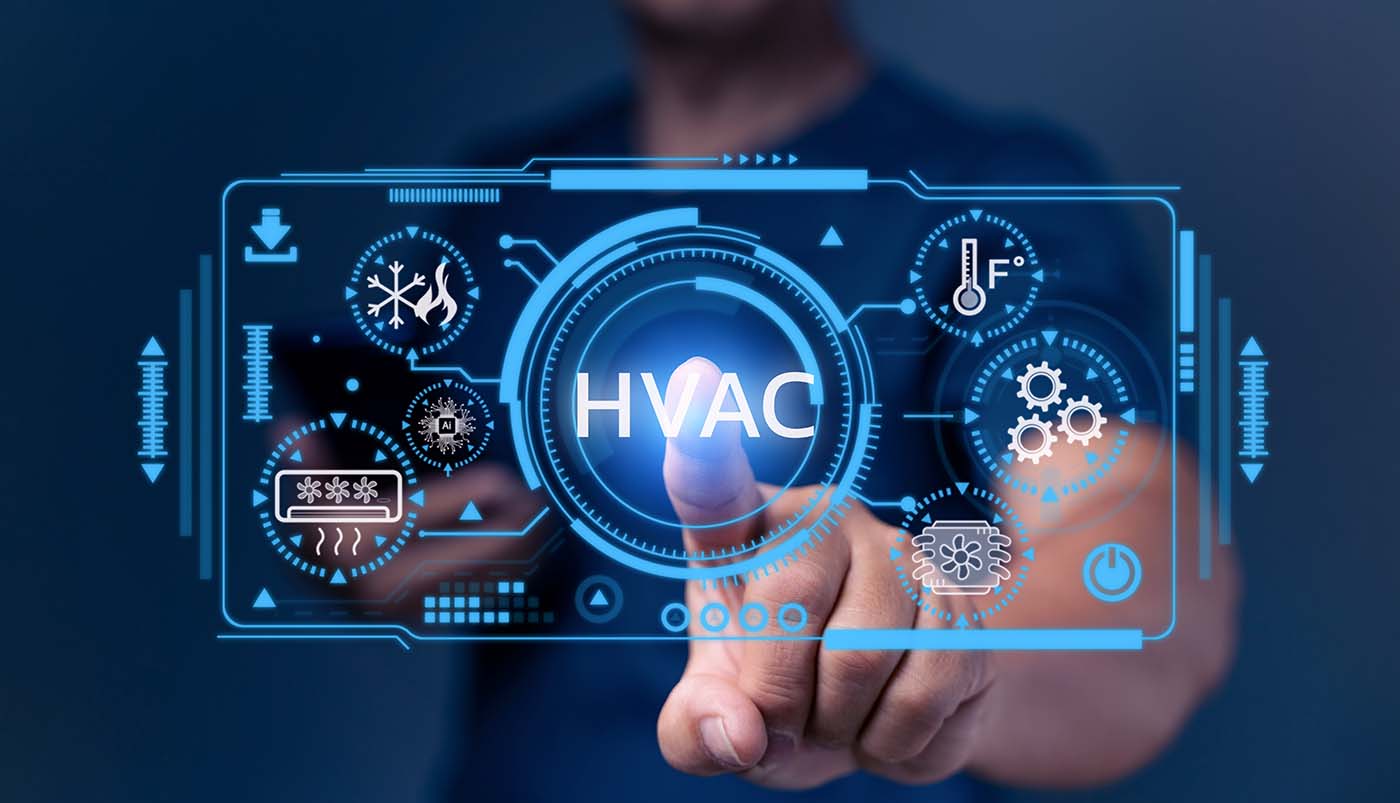In the world of heating, ventilation, and air conditioning, or HVAC, advancements in technology are constantly reshaping the landscape. Among these advancements, voice-enabled HVAC diagnostics tools are emerging as a game changer. These tools are not only enhancing the efficiency of HVAC systems but are also making the lives of technicians and users much easier. In this article, we’ll delve into the fascinating world of these innovative tools and how they are revolutionizing the industry.

The Rise of Voice Technology
The advent of voice technology has been nothing short of revolutionary. From voice-activated personal assistants like Siri and Alexa to sophisticated voice-enabled HVAC diagnostics tools, the ability to control devices with our voices has transformed the way we interact with technology. This shift is now extending to the HVAC industry, where diagnostics tools are becoming more intuitive and user-friendly.
What Are Voice-Enabled HVAC Diagnostics Tools?
Voice-enabled HVAC diagnostics tools are devices or applications that allow technicians to perform diagnostics on HVAC systems using voice commands. These tools simplify the process of identifying issues and performing maintenance on HVAC systems, making it more efficient and less time-consuming. By speaking directly to the tool, technicians can quickly access and analyze data, ultimately improving the overall performance of HVAC systems.
Key Features of Voice-Enabled Tools
- Real-time Diagnostics: These tools provide instant feedback, allowing technicians to diagnose and resolve issues on the spot.
- Hands-Free Operation: Technicians can perform diagnostics without the need to physically interact with the system, increasing safety and efficiency.
- Connectivity: Integration with other smart devices and systems enhances the overall functionality and adaptability of HVAC systems.
Benefits of Voice-Enabled HVAC Diagnostics Tools
Improved Efficiency
The primary advantage of using voice-enabled HVAC diagnostics tools is the significant improvement in efficiency. Technicians can perform tasks more quickly and accurately, reducing downtime and increasing productivity. By streamlining the diagnostic process, these tools help technicians make informed decisions faster.
Enhanced User Experience
For users, the integration of voice technology into HVAC systems means a more intuitive and engaging experience. Users can easily control their HVAC systems with voice commands, making it simpler to adjust settings and maintain comfort levels. Additionally, the ability to receive real-time feedback and alerts enhances the overall user experience.
Cost Savings
By improving the efficiency of HVAC systems and reducing the time and labor required for diagnostics and maintenance, voice-enabled tools can lead to significant cost savings. Fewer service calls and quicker resolution of issues result in lower operational costs for both service providers and users.
Environmental Impact
As the HVAC industry continues to prioritize sustainability, voice-enabled diagnostics tools contribute to environmental conservation efforts. By optimizing system performance and reducing energy consumption, these tools help lower the carbon footprint of HVAC systems, which is crucial in the fight against climate change.
Challenges and Considerations
Technical Limitations
Despite the numerous benefits, there are challenges associated with implementing voice-enabled HVAC diagnostics tools. Technical limitations, such as language recognition issues and system compatibility, can hinder the effectiveness of these tools. Continuous advancements in artificial intelligence and machine learning are addressing these challenges, but there is still work to be done.
Privacy Concerns
As with any technology that involves voice recognition, privacy concerns are a significant consideration. Users may have reservations about the potential for data breaches or unauthorized access to their voice data. Ensuring robust security measures and transparent data handling practices is essential to gaining users’ trust.
Future of Voice-Enabled HVAC Diagnostics
The future of voice-enabled HVAC diagnostics tools is promising. As technology continues to evolve, we can expect even more sophisticated and integrated solutions. The integration of artificial intelligence and machine learning will further enhance the capabilities of these tools, making them indispensable in the HVAC industry.
Integration with AI
The incorporation of AI into voice-enabled diagnostics tools will allow for predictive maintenance and more accurate diagnostics. By analyzing vast amounts of data, AI can identify patterns and predict potential issues before they arise, reducing the likelihood of system failures. You can read more about AI in HVAC diagnostics here.
Expanding Applications
As the technology matures, we can expect voice-enabled HVAC diagnostics tools to expand beyond traditional HVAC systems. These tools will likely find applications in other areas of building management and automation, further enhancing the efficiency and sustainability of modern buildings.
Conclusion
The rise of voice-enabled HVAC diagnostics tools marks a significant advancement in the HVAC industry. These tools are not only enhancing the efficiency and performance of HVAC systems but are also redefining the user experience. While challenges remain, the future looks bright for this technology, and its potential to revolutionize the industry is undeniable.

FAQ Section
How do voice-enabled HVAC diagnostics tools work?
Voice-enabled HVAC diagnostics tools use voice recognition technology to interpret commands and perform diagnostics on HVAC systems. They provide real-time feedback and allow for hands-free operation.
Are voice-enabled HVAC diagnostics tools expensive?
While the initial cost may be higher than traditional tools, the long-term cost savings from increased efficiency and reduced maintenance can make them a worthwhile investment.
Is my data safe with voice-enabled HVAC diagnostics tools?
Data security is a priority for manufacturers of these tools. It’s essential to choose reputable brands that implement robust security measures to protect your data.
This article contains affiliate links. We may earn a commission at no extra cost to you.
